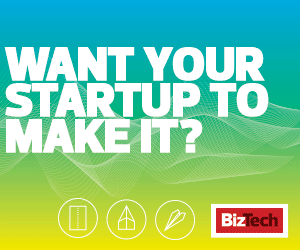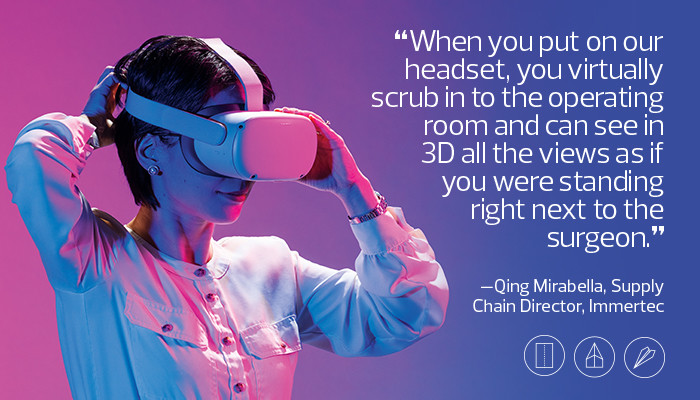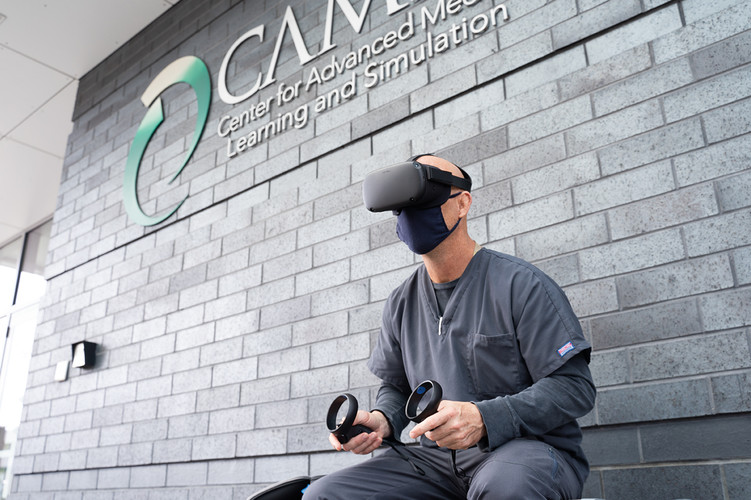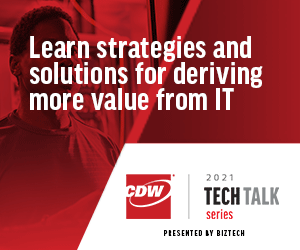“Customers want to make sure their data doesn’t get into the wrong hands,” he says. “They want to know our code is secure, that we are accessing our development environment in secure ways and that our security prevents attackers from accessing our infrastructure.”
Okta single sign-on improves security because the IT department can centrally manage application access. Employees need only to remember one strong password instead of one for every application, reducing Miro’s vulnerability to attacks.
The technology also speeds up employee onboarding by automating the account creation process. When the HR department hires new employees, Okta will automatically create accounts for them with email, shared drives, shared workspaces and access to the applications that their specific jobs require.
That’s important for a company that is hiring about 20 new workers a week, Potter says. Onboarding that many employees manually is not only a big time drain, it also can introduce errors, which can cause security issues.
“It reduces the burden of provisioning and deprovisioning accounts and doing password resets, which will save us time,” says Potter, who plans to fully implement Okta by year’s end.
Miro purchased SentinelOne and Okta through CDW, which provided expert advice on solutions and deployment, he says.
“We bounced ideas off of them, and they helped validate some of our concerns or our assumptions and helped us connect with the vendors,” Potter explains.
MORE FROM BIZTECH: Learn how monitoring and automation can keep organizations one step ahead.
That’s exactly how it should work with technology partners. A good partner should “be an extension of your team,” Goddard notes, acting as “a trusted adviser who has neutral and agnostic practices and can give you guidance on a future-proofed strategy.”
Standardization Eases the Scaling Stage
ShipBob, a Chicago-based startup that provides e-commerce fulfillment services for small and medium-sized businesses, is rapidly expanding across the U.S. and Europe. The company doubled its revenue in 2020 as online sales skyrocketed during COVID-19.
That kind of growth is both the goal and a challenge, says Goddard. Fast-moving startups often “bubble-gum and tape things together,” he says, as they strive to quickly deploy the many solutions they need. Along the way, they accumulate technical debt as they make investments that can’t get them further. They would be wiser to work with a knowledgeable partner to help them make the right investments from the beginning, he says.
ShipBob did just that, working with CDW to standardize on a set of technologies at each of its fulfillment centers, the number of which has quadrupled to 16 since 2018, with as many as 10 more on the way this year.
Order pickers, equipped with Apple iPad devices or iPod Touch devices paired with Socket mobile scanners, view orders on the mobile devices and scan them in as they grab items off shelves and deliver them to the packing stations, according to Ray Jimenez, ShipBob’s senior director of IT and cloud operations. Staffers then use Lenovo all-in-one computers to complete orders. They use Zebra Technologies printers to print shipping labels.



















